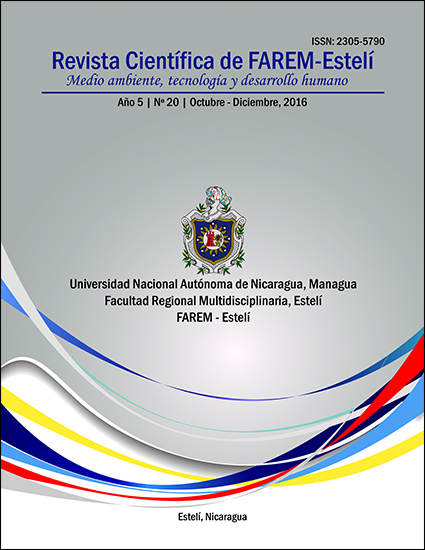Hydroponic tomato production (Solanum lycopersicum) and chiltoma (Capsicum annuum) with inert substrates
Abstract
This research measures the effect of the use of hydroponic substrates in Solanum lycopersicum and Capsicum annuum plants. This experimental study with a quantitative approach analyzed the phenological, productive and cost-benefit relationship in the crops relative to each substrate. For both cultures, four treatments were established: T1 = Sand (50%) + Rice bran (50%), T2 = Rice bran (100%), T3 = Sawdust (50%) + Sand (100%). For each treatment 40 plants were established (20 of Solanum lycopersicum and 20 of Capsicum annuum). 100% of the plants were taken for weekly sampling. Variables of height, stem diameter, number of branches and leaves, productivity (flowers, fruits, biomass) were quantified from day eight after the emergency and during four months. With significant results (P-value: 0.05) with T1 and T3 treatment in both phenological, morphometric and productive variables in both plant species. Meanwhile, treatments T2 and T4 registered non-significant yields. In the comparison test of independent means for production, significant statistical differences were found between treatments T1 with 4 kg of production / plant, and 25 kg of production / m2.
Keywords: Phenology, productivity, morphometry, substrates, vegetables.

